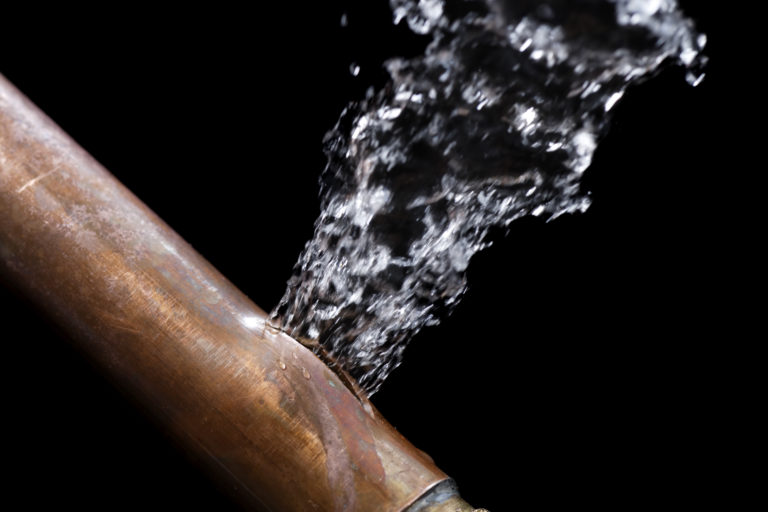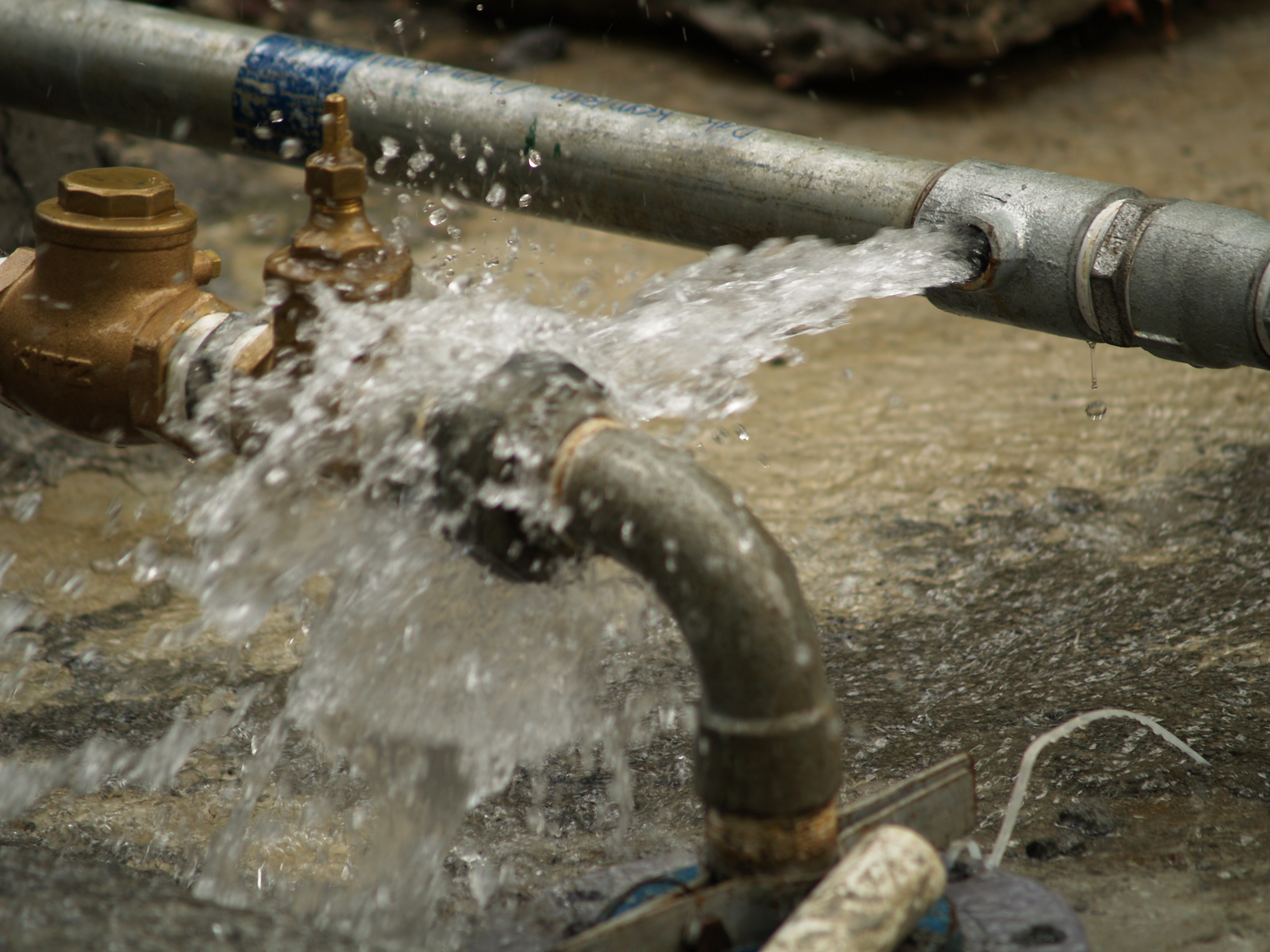Stop the Flood: Strategies for Finding and Dealing With Ruptured Pipes
Stop the Flood: Strategies for Finding and Dealing With Ruptured Pipes
Blog Article
We've come across this article involving How to Prepare for Your Dishwasher Installation down the page on the net and reckoned it made good sense to relate it with you here.

A ruptured pipe is a major emergency; you can just stand as you see water you pay very much to rejoin with the earth. In worse situations, you discover a swimming pool on your kitchen flooring, which is a fantastic journey danger, especially if you have kids around. If the pipeline that burst remained in your walls, bad news: you might need to paint that entire area.
How can a tragedy like a burst pipeline be prevented as well as taken care of? Well, by listening to your specialist emergency plumbings and also following these guidelines.
Just how do I know when my pipelines have ruptured?
Varying water stress
Pipes do not simply burst in a day. You may have observed that your cooking area tap or shower does not run immediately when you transform the tap. It may stop for a few secs and then blast you with even more force than common.
In other circumstances, the water may appear normal in the beginning, then decrease in pressure after a few secs.
Wet wall surfaces and water discolorations
Before a pipeline bursts, it will certainly leak, a lot of times. If this persistent leaking goes undetected, the leak might finish into a large gash in your pipeline. One very easy method to prevent this emergency is to look out for damp wall surfaces advertisement water stains. These water spots will certainly lead you right to the leakage.
Puddles under pipelines and sinks
When a pipe bursts, the discharge creates a puddle. It may appear that the pool is expanding in dimension, and also no matter how many times you mop the puddle, in a couple of mins, there's another one waiting to be cleaned. Typically, you may not have the ability to map the pool to any noticeable pipes. This is a sign to call an expert plumber.
Untraceable leaking sounds
Pipeline ruptureds can take place in one of the most unpleasant places, like within concrete, inside walls, or under sinks. When your home goes silent, you may be able to hear an irritatingly relentless leaking sound. Also after you have actually inspected your shower head as well as cooking area faucet, the trickling might proceed.
Beloved viewers, the trickling might be originating from a pipeline inside your wall surfaces. There isn't much you can do regarding that, except tell an expert plumber.
Shut off the Water
When water freezes, it expands in volume by concerning 9 percent. And also it increases with significant pressure: The stress inside pipelines might go from 40 extra pounds per square inch to 40,000 psi! No pipe can hold that much pressure, so it breaks open. The break might take place where the ice kinds, yet regularly, it happens where water pressure finds a weak point in the pipeline. That might be inches and even feet from the frozen area. Find the water shutoff valve and also switch off the water to stop even more damage. You might also need to shut down the power too, depending upon where the leaks occurs and also just how huge it is.
Polluted water
Many people assume a ruptured pipeline is a one-way outlet. Quite the contrary. As water flows out of the hole or wound in your plumbing system, impurities discover their way in.
Your water might be infected from the source, so if you can, check if your water tank has any kind of issues. Nevertheless, if your drinking water is provided as well as purified by the city government, you must call your plumber right away if you see or smell anything funny in your water.
What do I do when I identify a burst pipe?
Your water meter will certainly continue to run also while your water wastes. To lessen your losses, discover the major controls and also turn the supply off. The water pipe are an above-ground framework at the edge of your building.
How to Fix & Detect a Leaking Pipe
How Do I Know if a Pipe is Leaking?
Leak detection tests can help you determine if your pipe has a leak. Even if you don’t see an apparent leak, you should still conduct leak detection tests regularly to save water and money—and prevent major damage to your home.
Water meter. It can be helpful to figure out what your usual water meter usage numbers are and then monitor them regularly. To monitor your meter, first, turn off all water faucets in your home. Check the meter and write down the numbers. In a few hours, check the meter again. If the numbers have changed, you have a leak. Water gauge. Use a water gauge to test your water pressure. Your showerhead should produce a certain amount of water pressure based on its model and design. If the pressure is lower than it is supposed to be for that specific showerhead, your home likely has a leak. Puddles. Look inside your bathroom, laundry, and kitchen sink cabinets. Puddles around the cabinets or around toilets, tubs, showers, and washing machines indicate the presence of a leaking pipe. You may also notice loose tiles, peeling or flaking paint, or mold caused by water accumulation. Napkin test. Even if you don’t see any puddles, you may still have a leak. You can test for water leaks in the bathroom, laundry, and kitchen by wiping below-sink connections with a napkin, paper towel, or piece of toilet paper. If it becomes damp, you probably have a leaking pipe under the sink. Discolored walls. Walls that are discolored—usually with brown or yellow stains—or bulging might mean that they have been impacted by water damage caused by a leaking pipe. Smell. A leaky pipe will create sitting water, and over time, that water may develop a musty smell. If your home smells musty, but you can’t locate the source, it may be due to a leak. Steps for Fixing a Leaking Pipe
A leaky drain can be remedied by tightening the pipe base, replacing the drain seal, caulking the rim, and tightening the pipe nut. Similarly, a leaking toilet pipe can be treated by tightening the packing nut. You may also need to replace the valve. A leaky faucet may just need tightening or replacement of the washers. If that doesn’t work, consider replacing your faucet. If your pipe has a hole in it, you may want to use a pipe leak sealer or pipe leak tape. This quick fix for water pipe leaks can also temporarily fix a copper pipe leak. https://www.ahs.com/home-matters/quick-tips/how-to-tell-if-pipes-are-leaking/

As a reader on How to install a dishwasher safely, I assumed sharing that section was beneficial. Enjoyed our write-up? Please share it. Help other people find it. We recognize the value of reading our article about How to Prepare for Your Dishwasher Installation.
Top Article
Report this page